Big Read: Nissan GT-R Nismo vs Lexus RC F TE
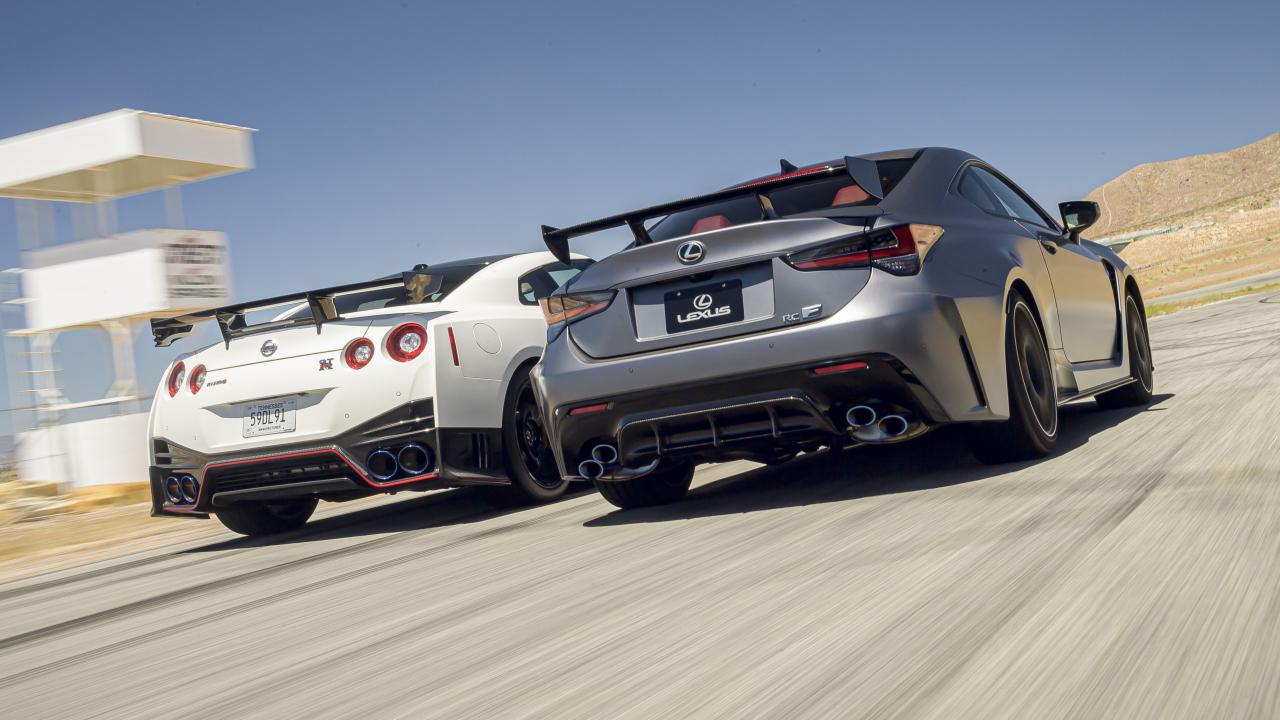
Can a track-honed Lexus finally vanquish the all-conquering Godzilla?
Hollywood has produced 30 Godzilla movies since the fire-spewing, jagged-jawed dinosaur first broke cover in 1954. Each one pits the armour-skinned Big G against some pesky mutant, all or most of which he/she/it – or these days, maybe, they? - dispatches in a bad-tempered maelstrom of spectacular violence and destruction. This year’s Godzilla movie, Godzilla: King of the Monsters, is no different, the story and ending – spoiler alert – are neatly contained in that title.
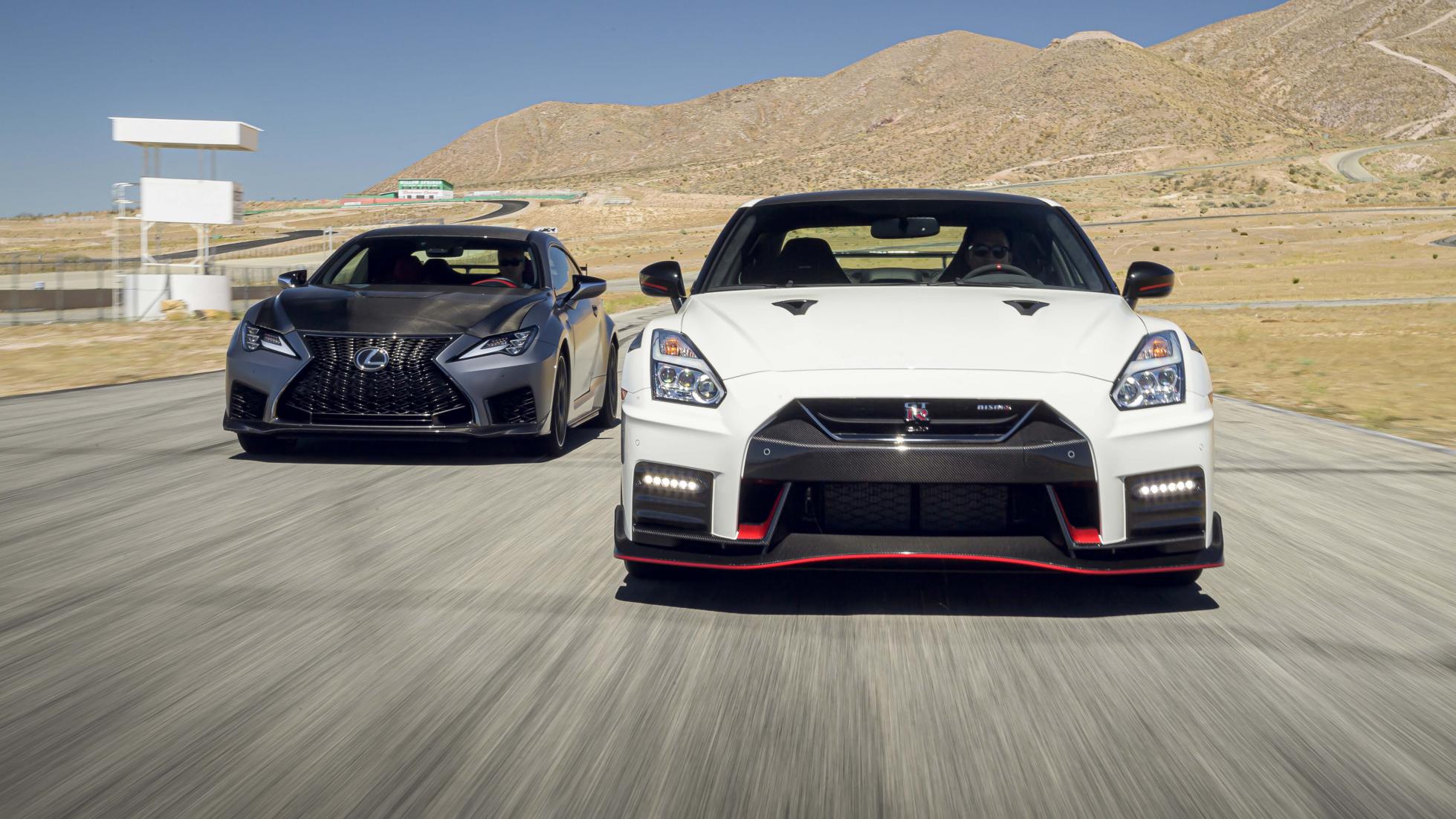
It’s much the same with the car nicknamed after the mythical monster, the Nissan GT-R. Since this sixth-gen car first arrived in 2007, it has generally turned up, fought furiously whatever was next to it on road or track and then taken home the winner’s trophy. If you include its predecessor, the Skyline GT-R, which appeared in 1969, it has appeared in more than 30 versions over the years. So there’s a certain symmetry with its namesake.
Words: Pat Devereux
Photography: Jamie Lipman
To honour this 30th anniversary, and see if it really still is King of the Monsters from Japan, we summoned two other storied Japanese super coupes/saloons. The first is the Lexus RC F Track Edition, a car based on a model which had a difficult start in life but, through a process of painstaking and gradual improvement, has become a formidable weapon.The second is – or rather was – the Subaru S209. The first S Series Subaru to be moved by a 2.5-litre engine – Subaru’s most powerful to date at 341bhp – and bristling with high-tech like an electric porcupine.
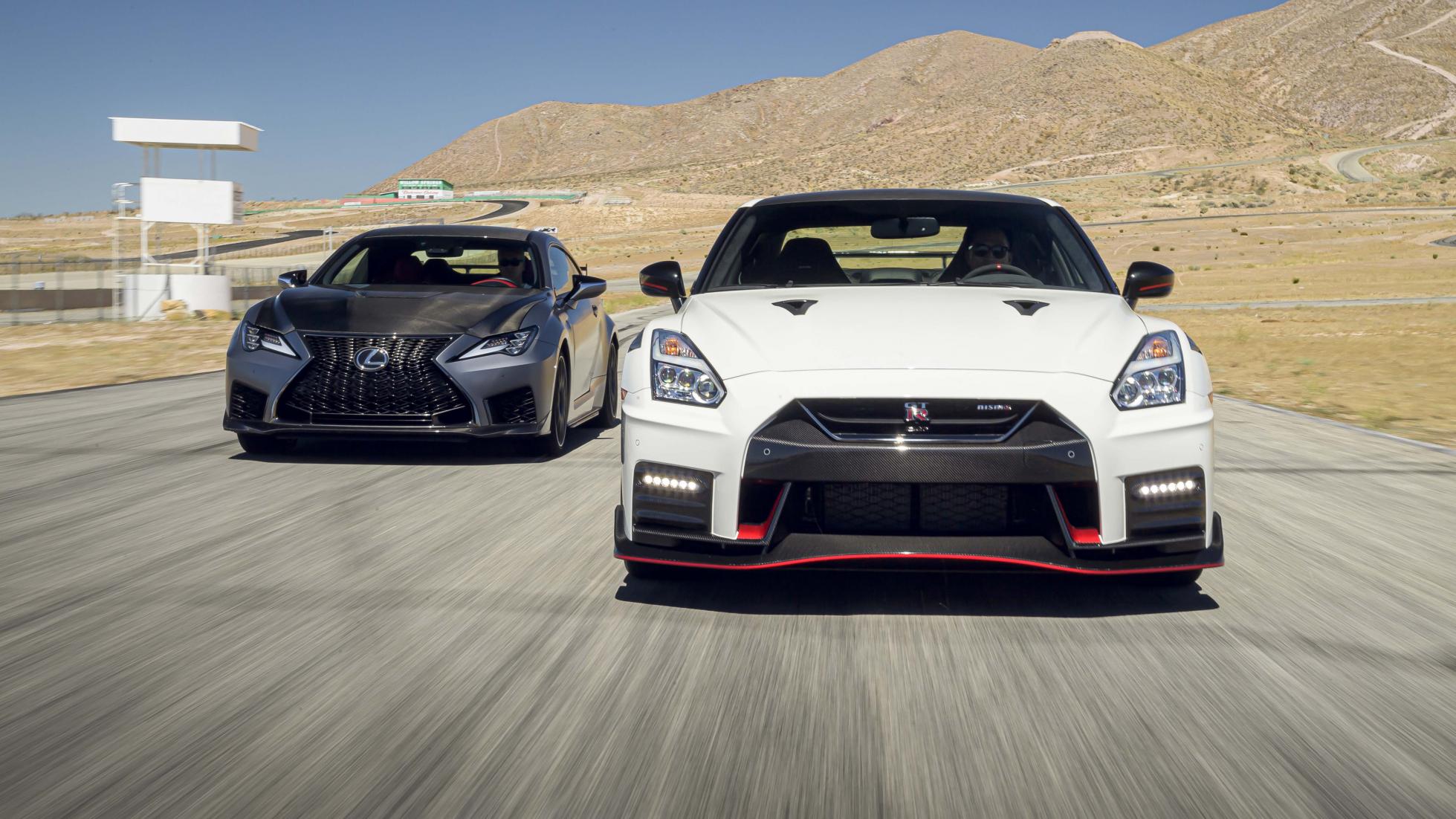
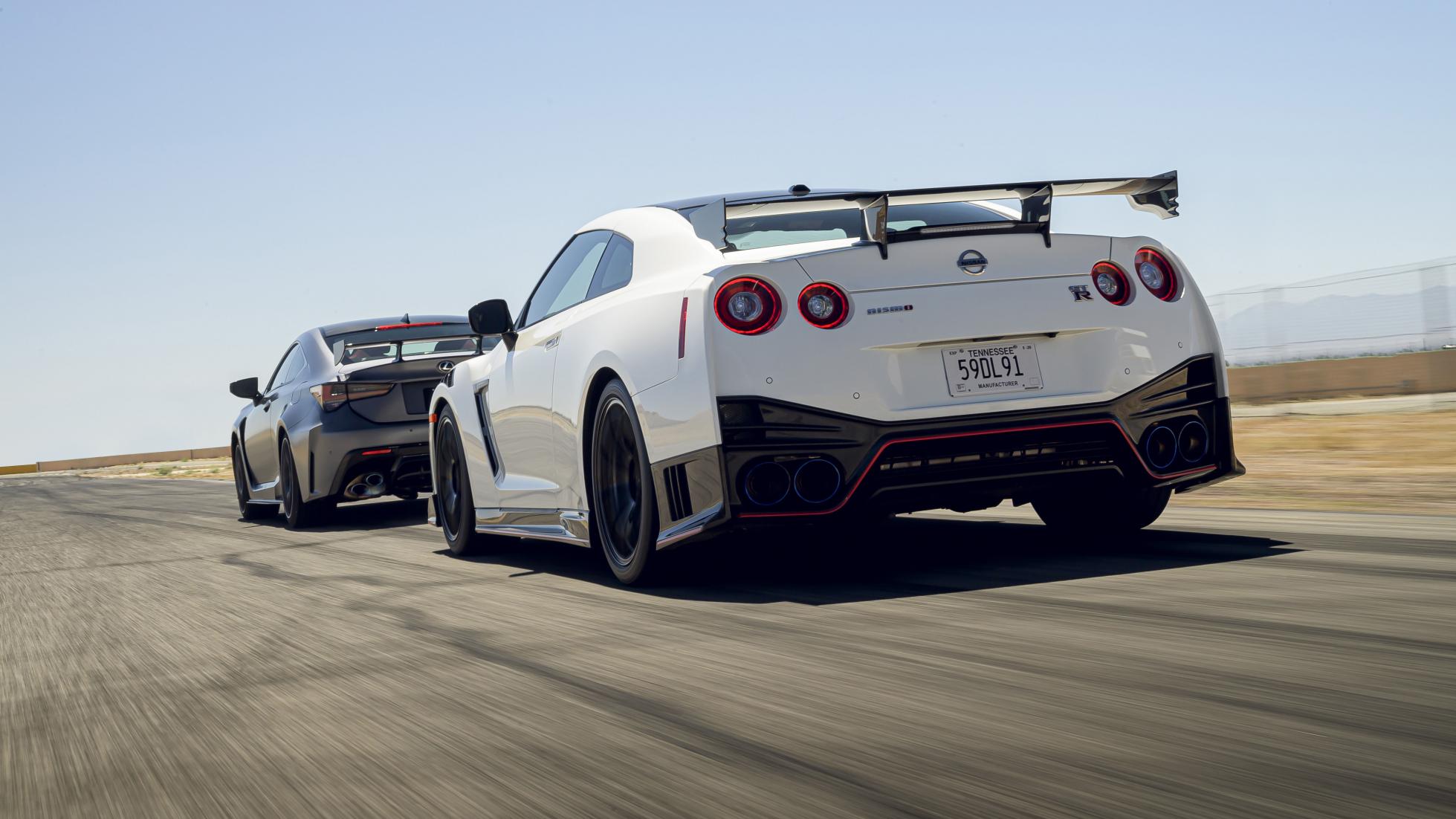
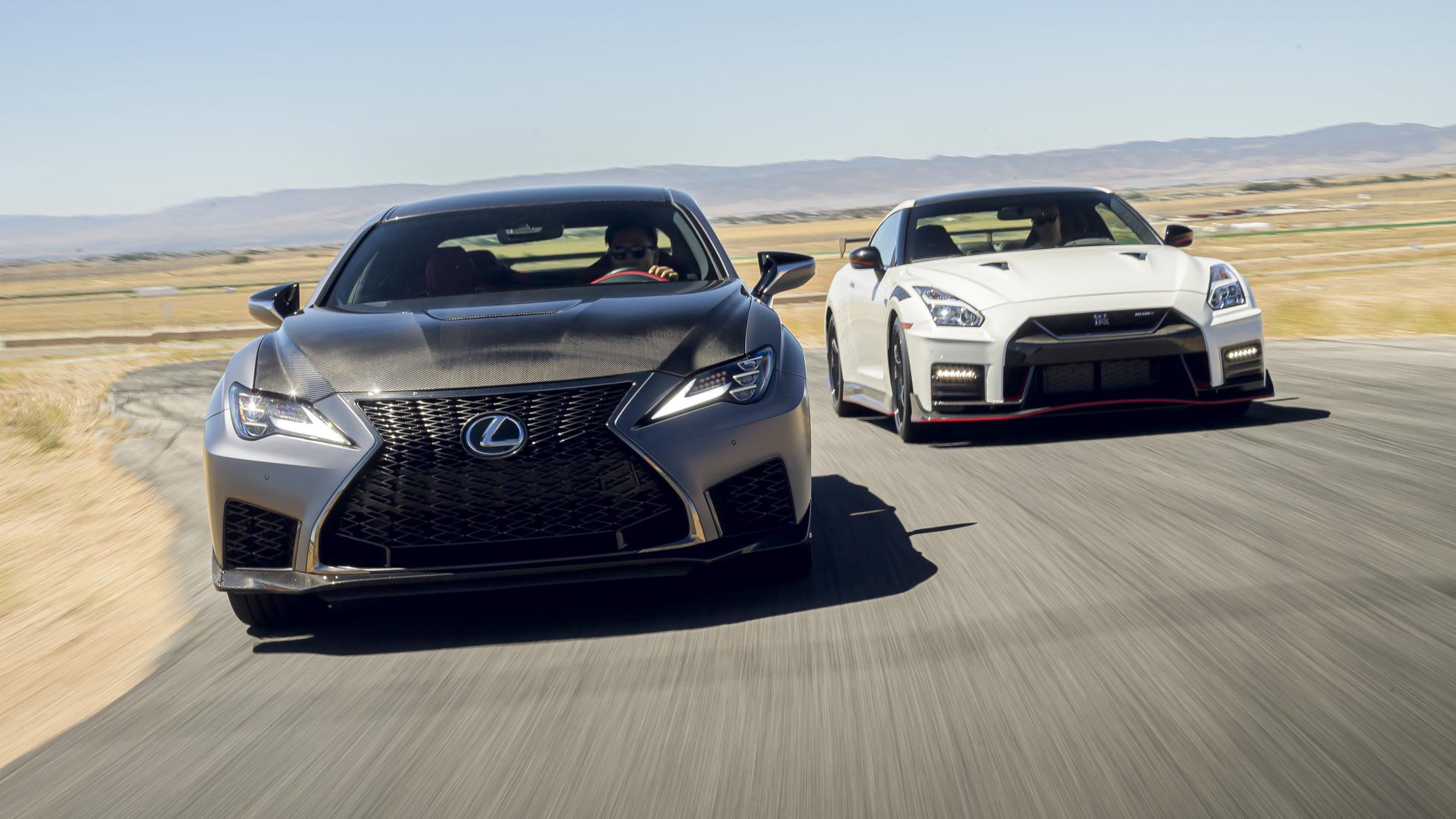
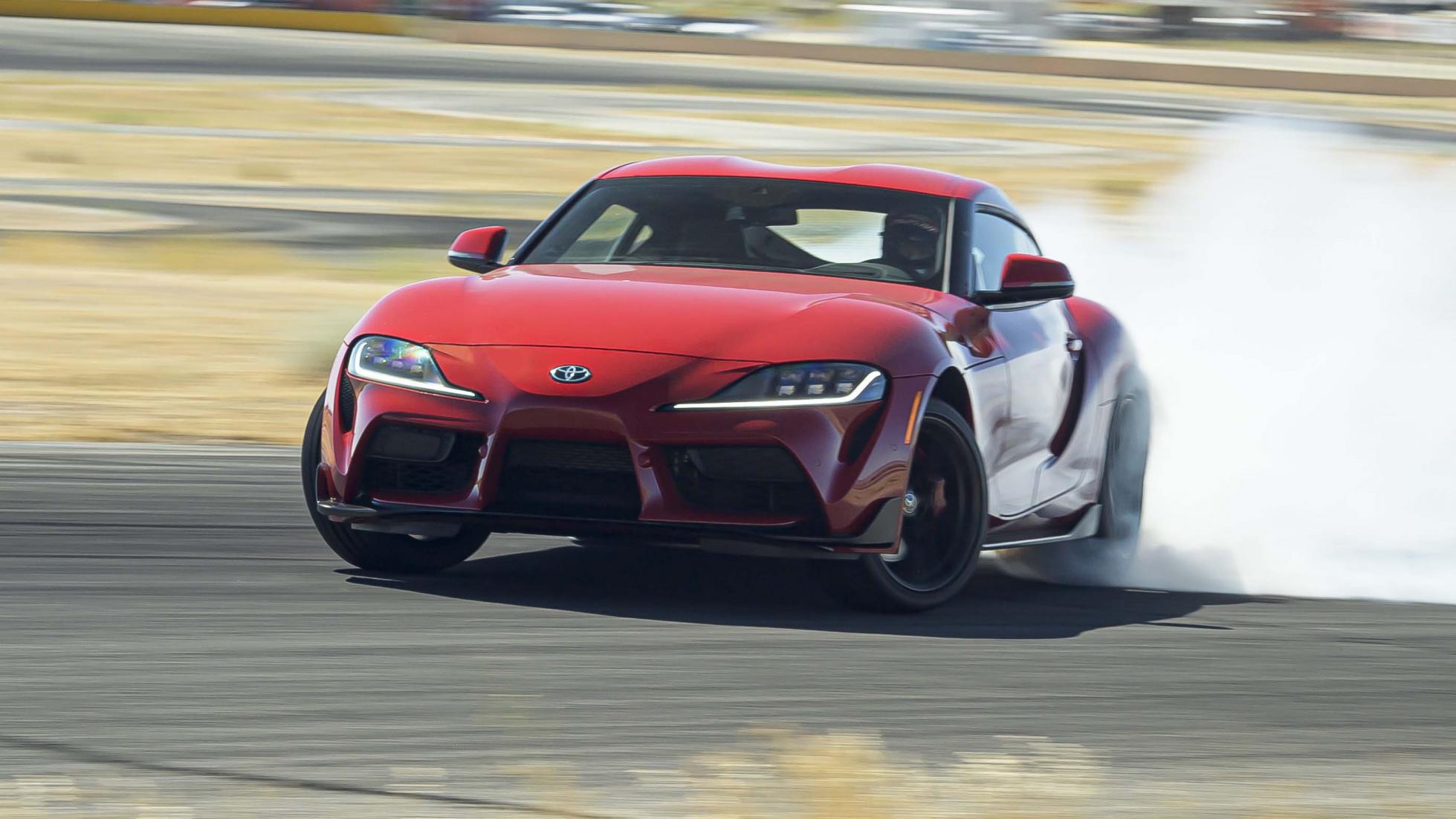
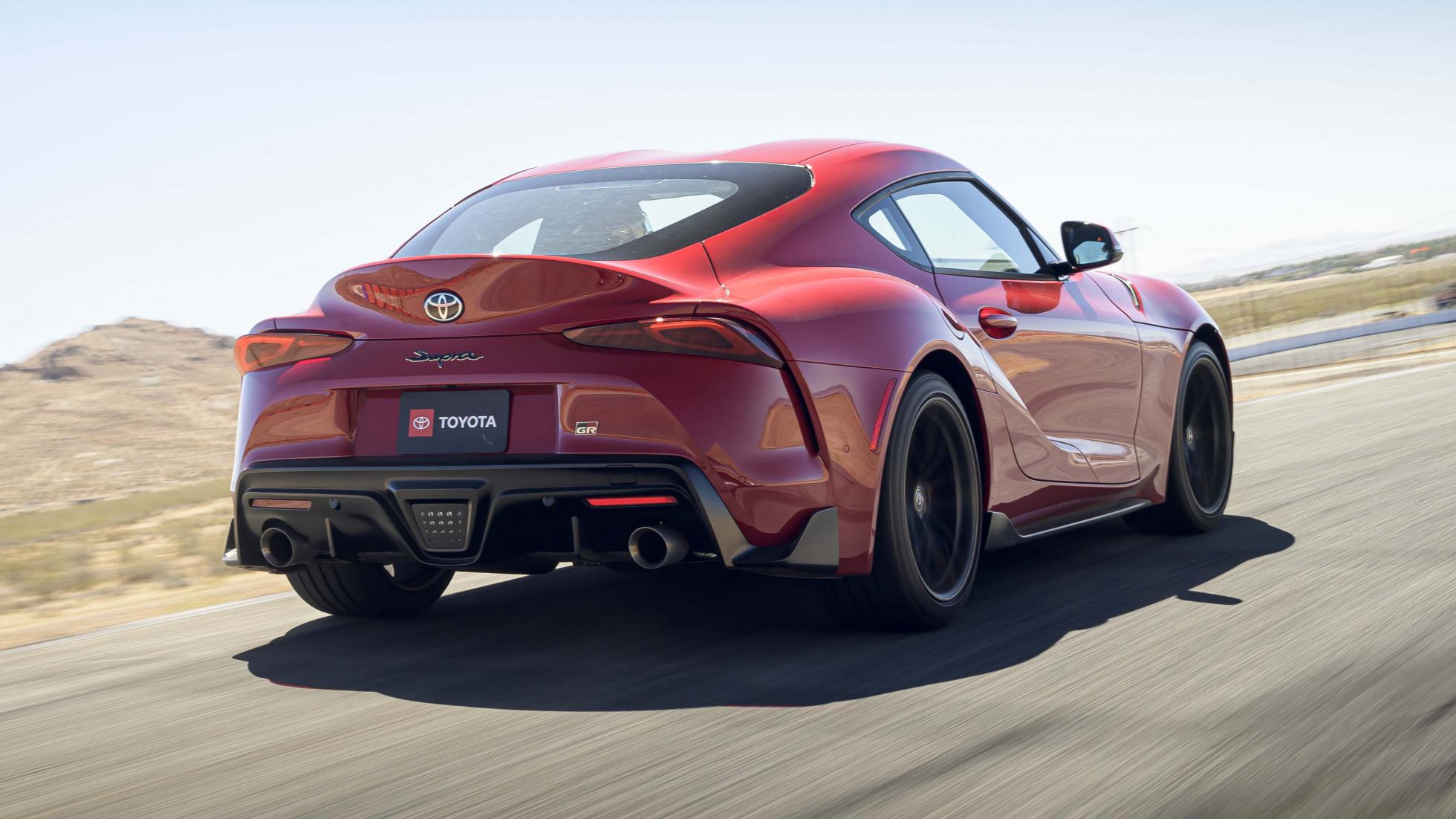
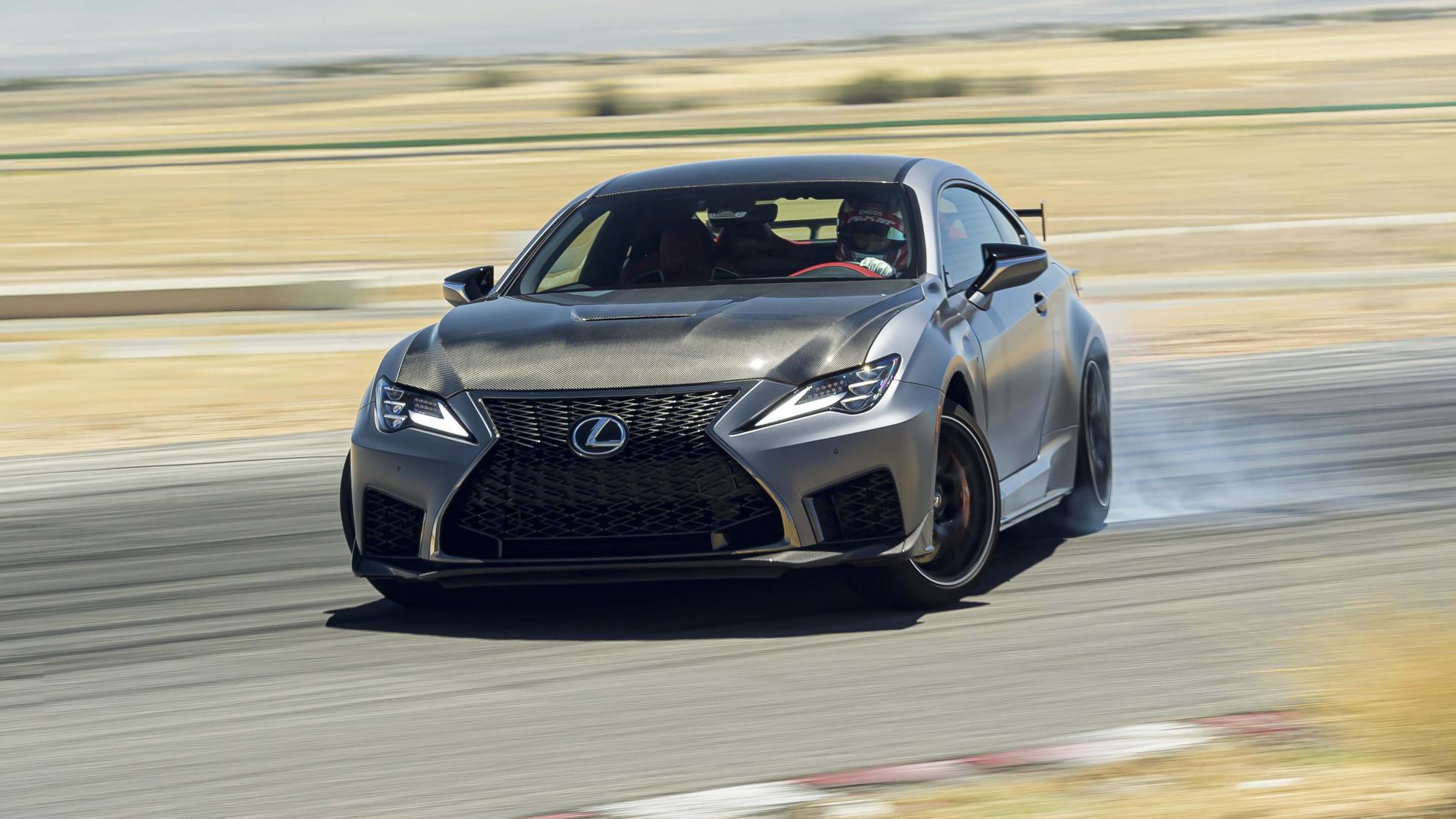
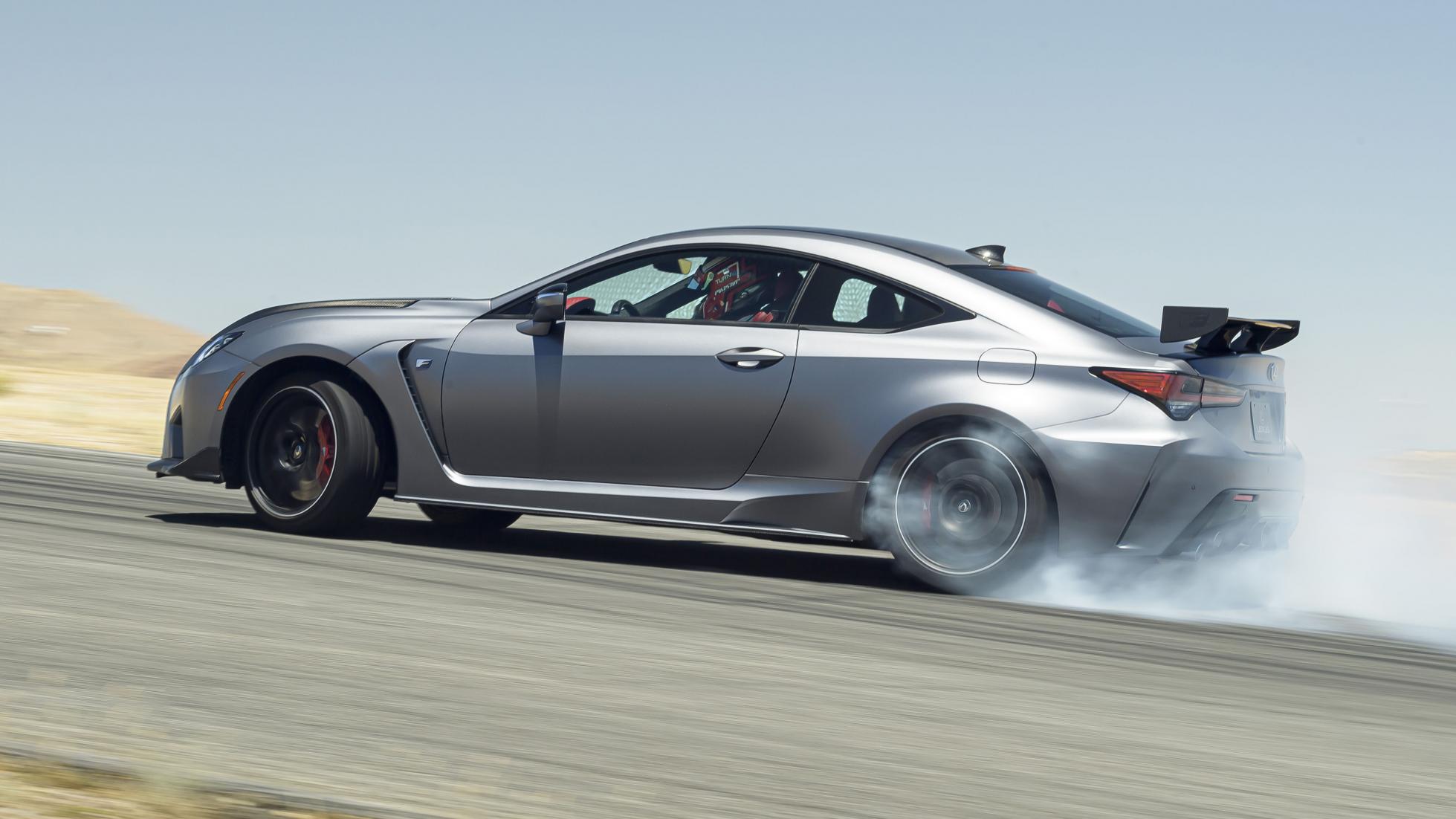
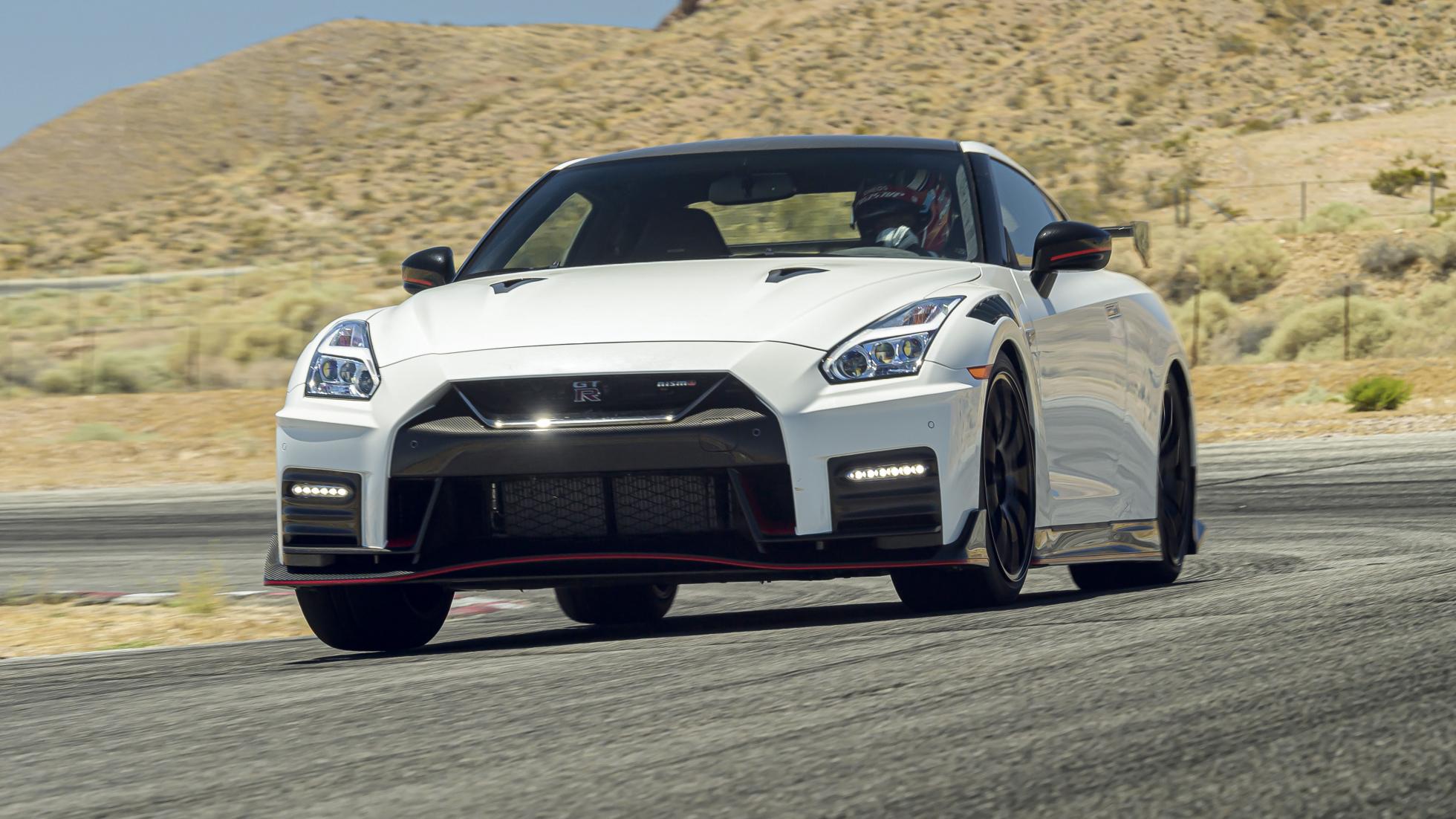
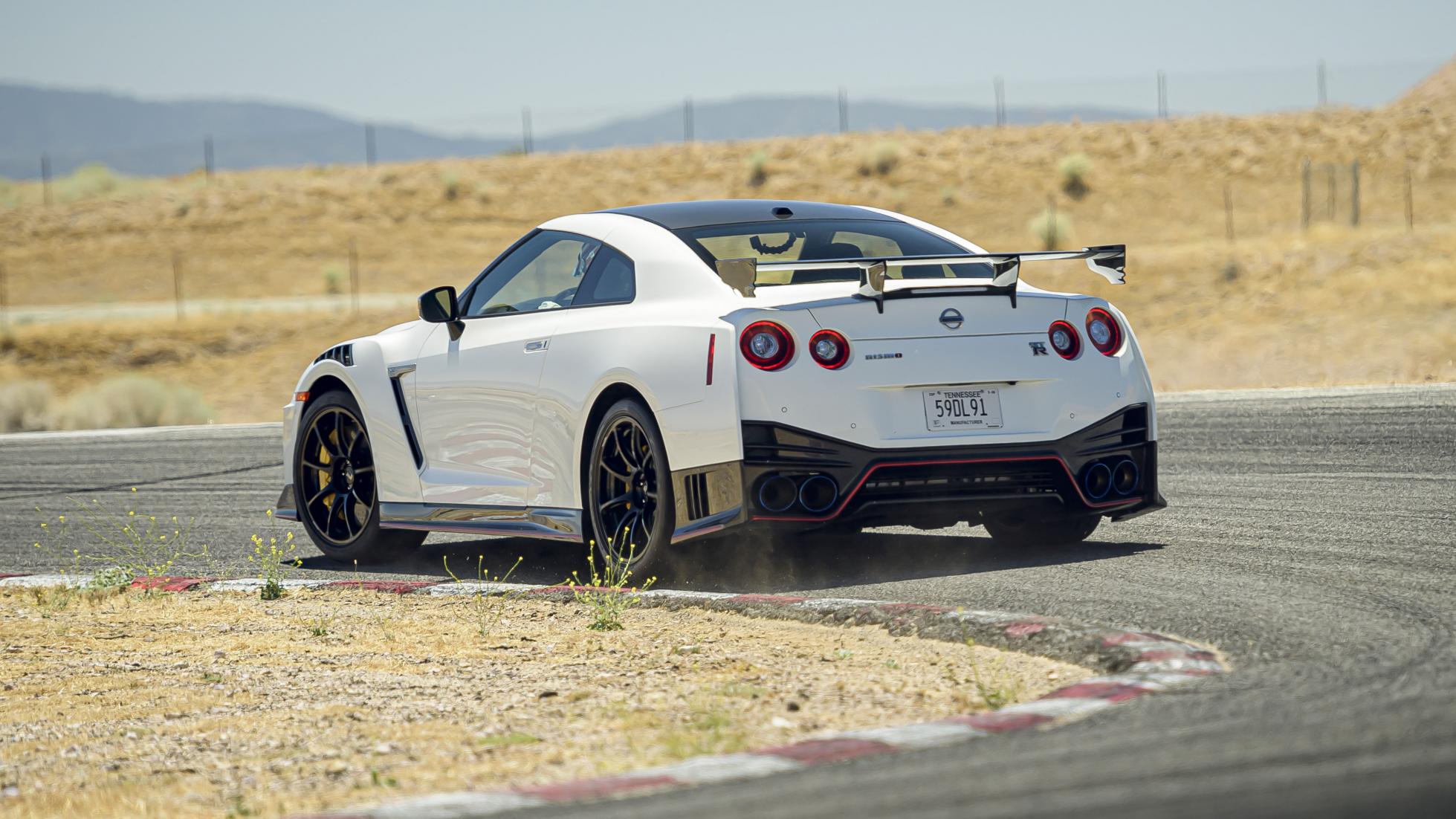
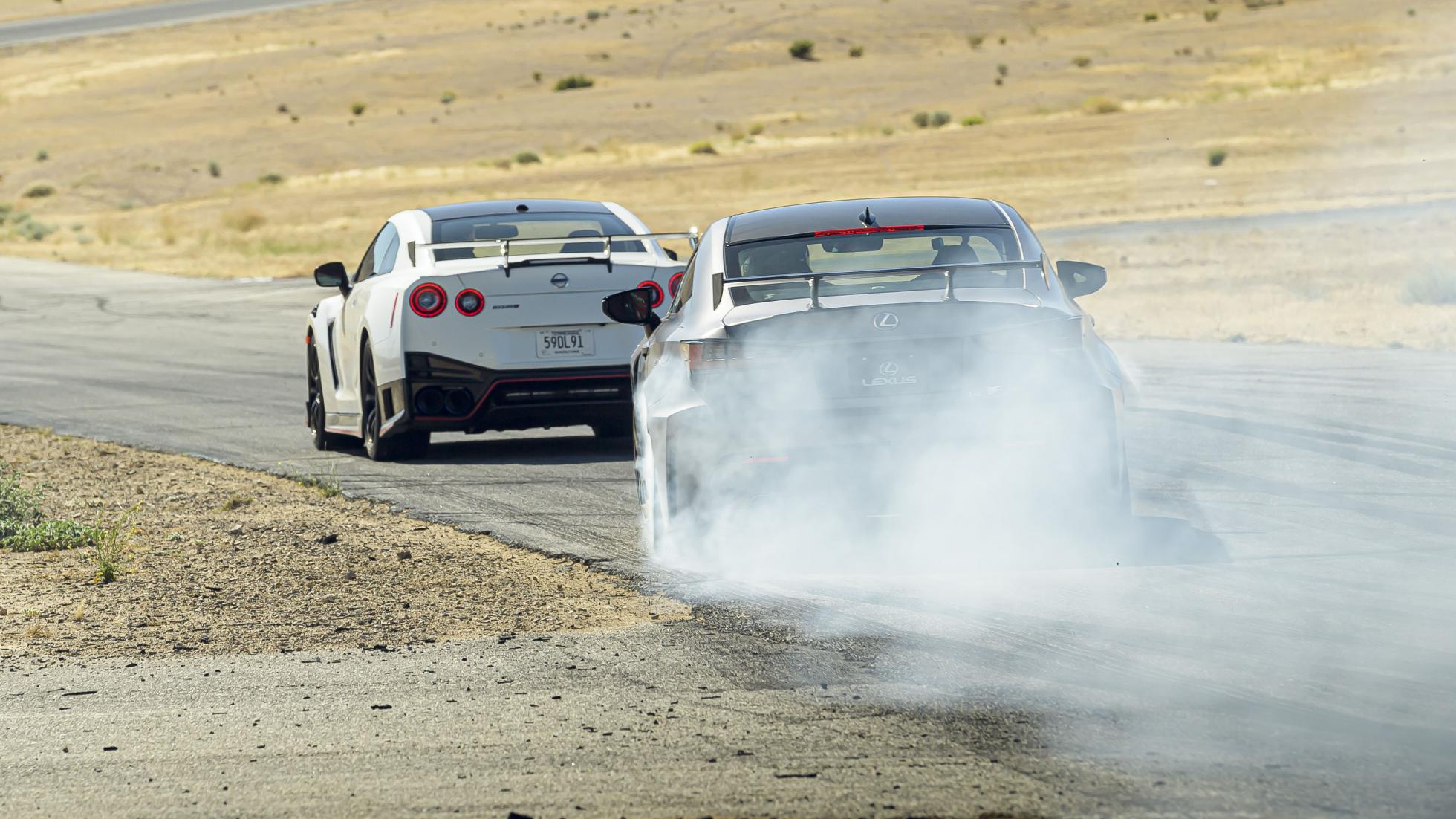
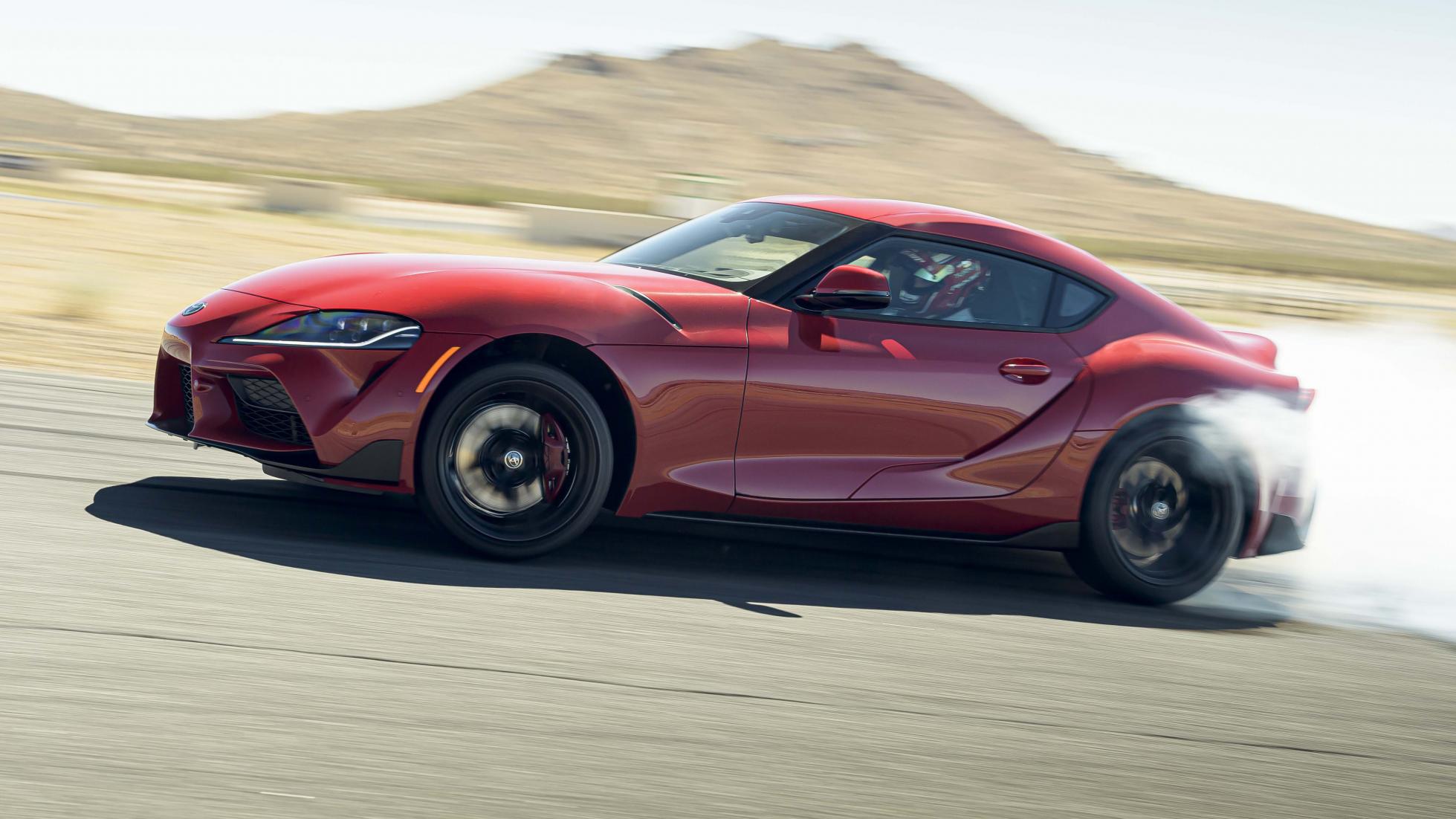
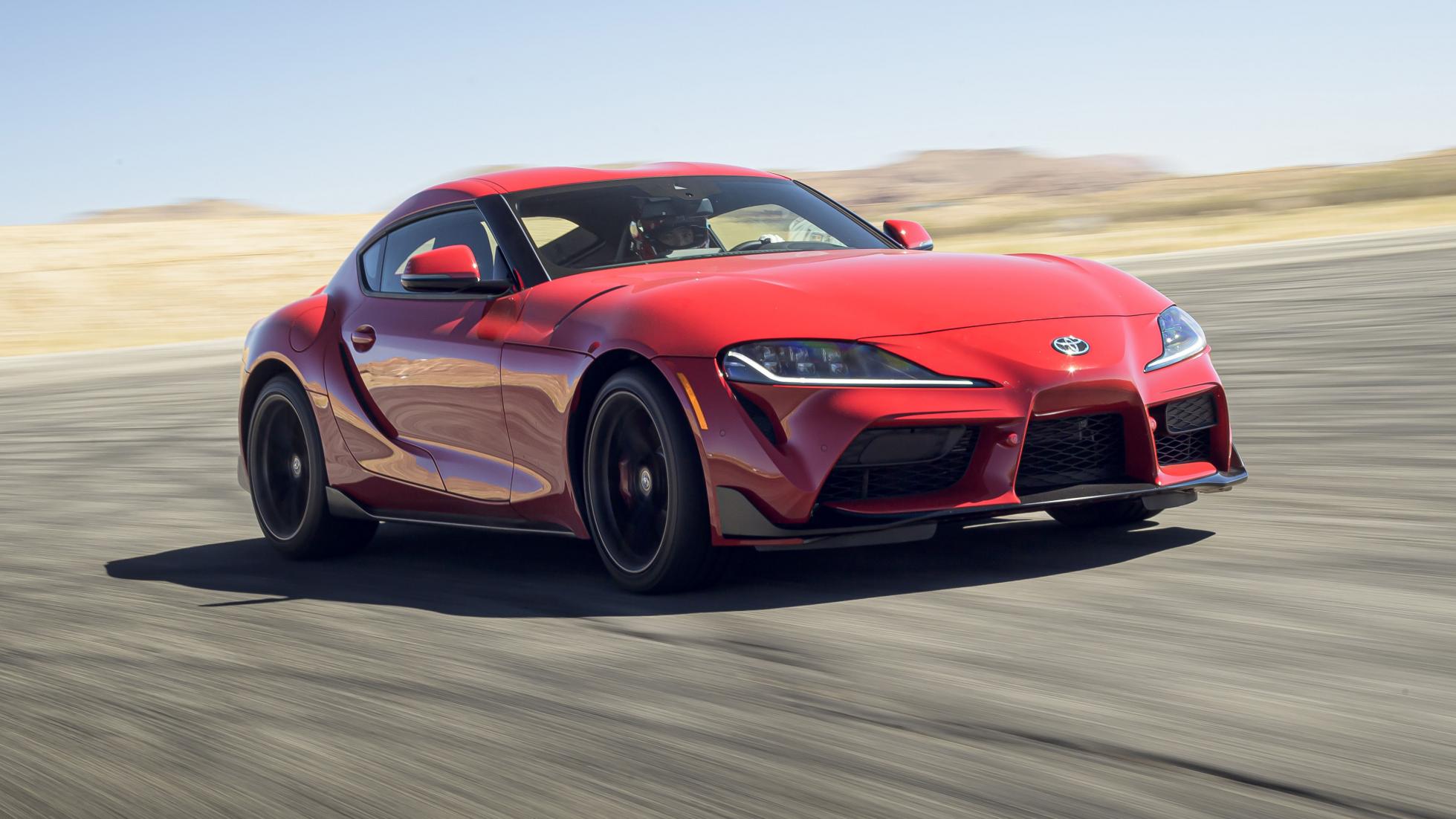
I say ‘was’ as the car failed to make it to the grid thanks to a last-minute decision at Subaru’s STI skunkworks, to swap from forged pistons and rods to cast items, in the interest of reliability. We have since tested the car separately and it’s everything – and more – that we hoped. So, as irritating as that was, we pushed on. We kept a Toyota Zupra, I mean Supra, on hand just to see what time it would get relative to the other two, but that was it. It wouldn’t be on the same shopping list as these other two.
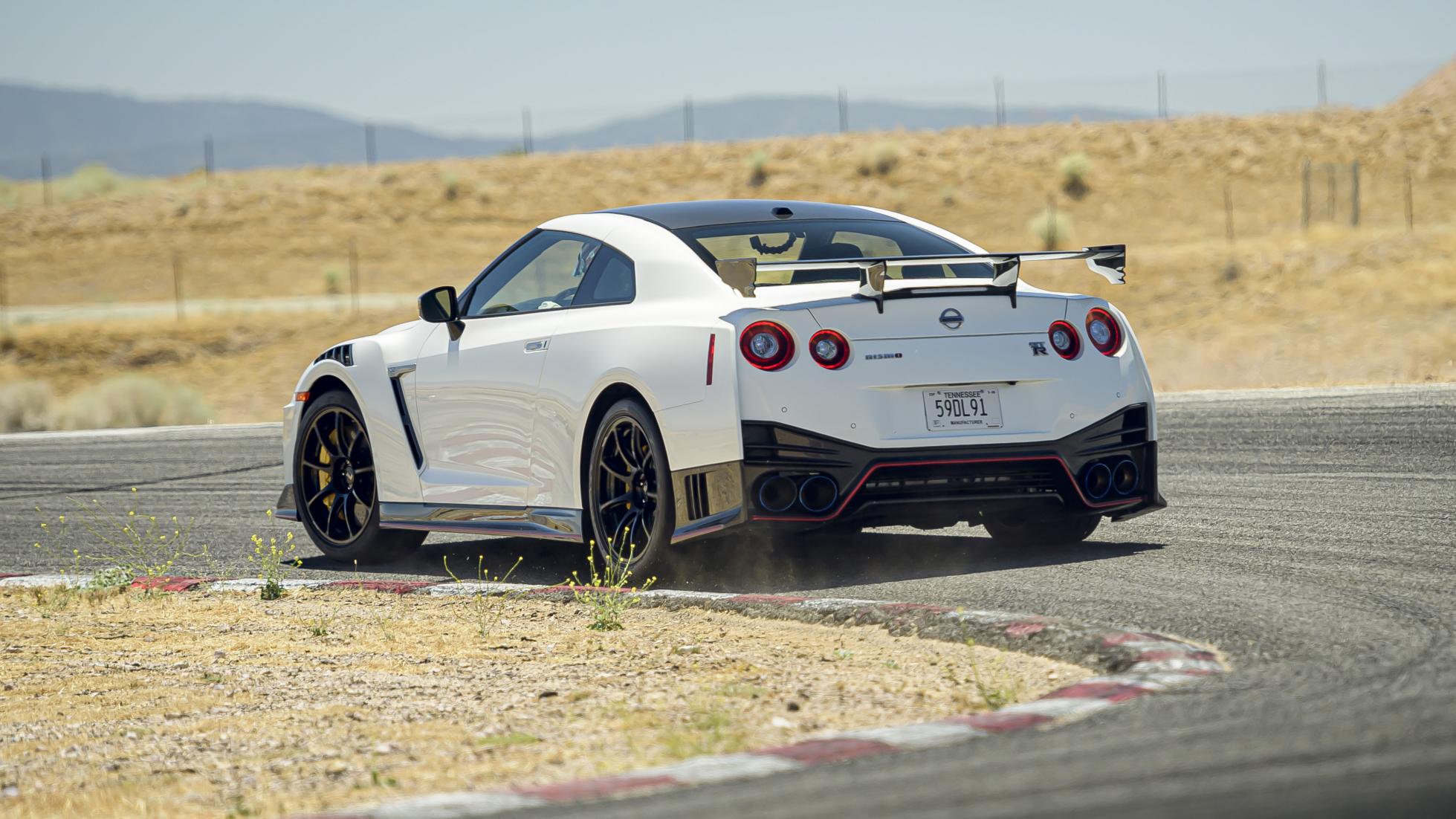
Refereeing this comparison – it wouldn’t be fair to call it a straight competition with the GT-R’s imperious performance advantage – is one of our favourite human exports from Japan: drift champion and pro-racer, Dai Yoshihara. A decade younger than the first Skyline GT-R, Dai is more familiar with Japanese super saloons and coupes than most of us are with the back of our hand. He also possesses a racer’s ability to slow down time and analyze a car’s handling and performance in microscopic detail. So he’s the perfect guy for this job.
To try and replicate UK conditions as much as is possible in so-dry-it’s-on-fire California, we assembled at The Streets of Willow racetrack in the high desert about an hour north of Los Angeles. This might look like the slower, poor relation to Big Willow, the warp-speed ribbon of smooth Tarmac next to it. But Streets is right for this test as its crumbling, dust-covered surface is far more real-world British B-road than anything else here. All that’s missing is the old tractor, a hyperactive sheepdog with its tongue hanging out the side of its mouth, and a flock of sheep.
So that’s the set-up. Now we just need to have a quick look at each car so we know what we are dealing with. And since it’s the GT-R’s party, let’s start there. From 10 metres away, most people would be hard pressed to tell you the year of this GT-R, never mind which spec it is. The irony of this trademark Japanese shape is that virtually none of it was done in Japan. The rear three-quarters was styled in California, the roofline at Nissan’s European design HQ.
But walk up to it and look at the details and it gradually – badges notwithstanding – becomes clear you are in the presence of the range-topping, third-generation NISMO version. In this guise (the top-tier of four that goes ‘Premium’, ’50th Anniversary’ – that’s Nissan’s 50th in the US, not the car’s - ‘Track Edition’ and then ‘NISMO’) the car gains the 35bhp/19Nm of the Track Edition and then gets carbon brakes, roof, bonnet and bumpers. Plus lots of carbon grilles and an Alcantara steering wheel. Total weight saving, over the Track Edition, is 24kg.
One Hundred and Fifty Two Thousand Pounds is not GT-R money, it’s Porsche, McLaren and (used) Ferrari and Lambo money
I don’t know what type of carbon fibre Nissan uses but it’s absurdly expensive. The NISMO is £57k more than the Track Edition, bringing its total price to a sit-down-and-take-a-breath £152,060 (approx. RM819,375) before you add delivery and any extras. That’s pretty much double the price of the ‘base’ GT-R.
Apart from the different steering wheel and the NISMO black and red interior colour scheme, there’s nothing inside the car that makes that price tag seem any more reasonable. The Polyphony Gran Turismo-designed dials and switchgear are all the same, the seats are, curiously, not the Recaros in the Track Edition.
And, well, what the hell? One Hundred and Fifty Two Thousand Pounds is not GT-R money, it’s Porsche, McLaren and (used) Ferrari and Lambo money. So much for the humble, over-performing budget super coupe. But all that aside, we know what an astonishing piece of kit a GT-R can be. So we’ll park that bit for now and turn our attention to the Lexus.
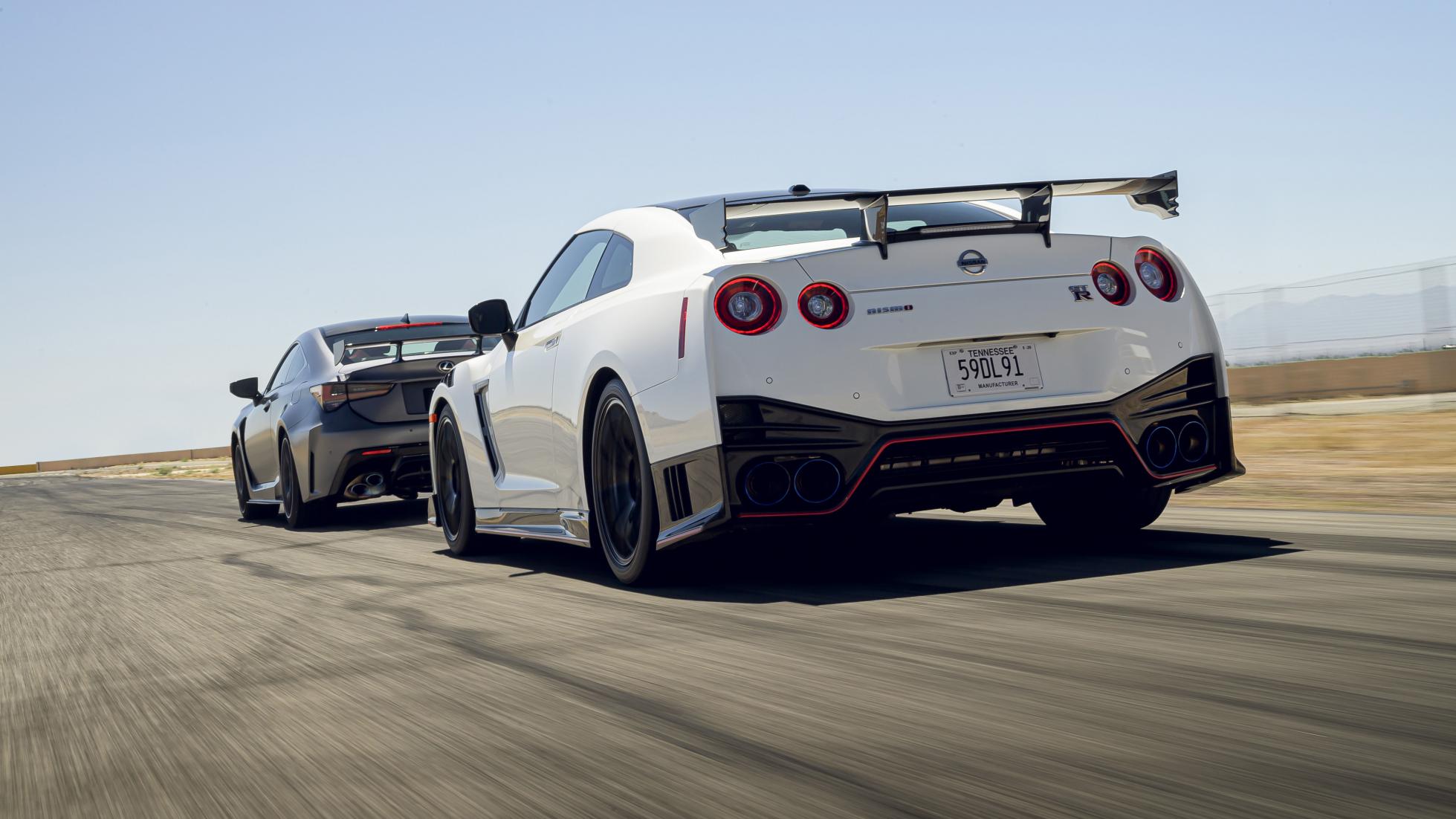
Now then, in comparison with the GT-R’s instant classic status, the RC F TE has had a much slower journey into the big boy league. Having started life in 2014 as something of a Frankencar – using the front of the GS, the middle of the IS convertible and the rear of the IS saloon. Yes, really – it has always looked fast but only slowly evolved, through a process called Kaizen, into a proper throttle-steering track weapon. This has not been an easy process.
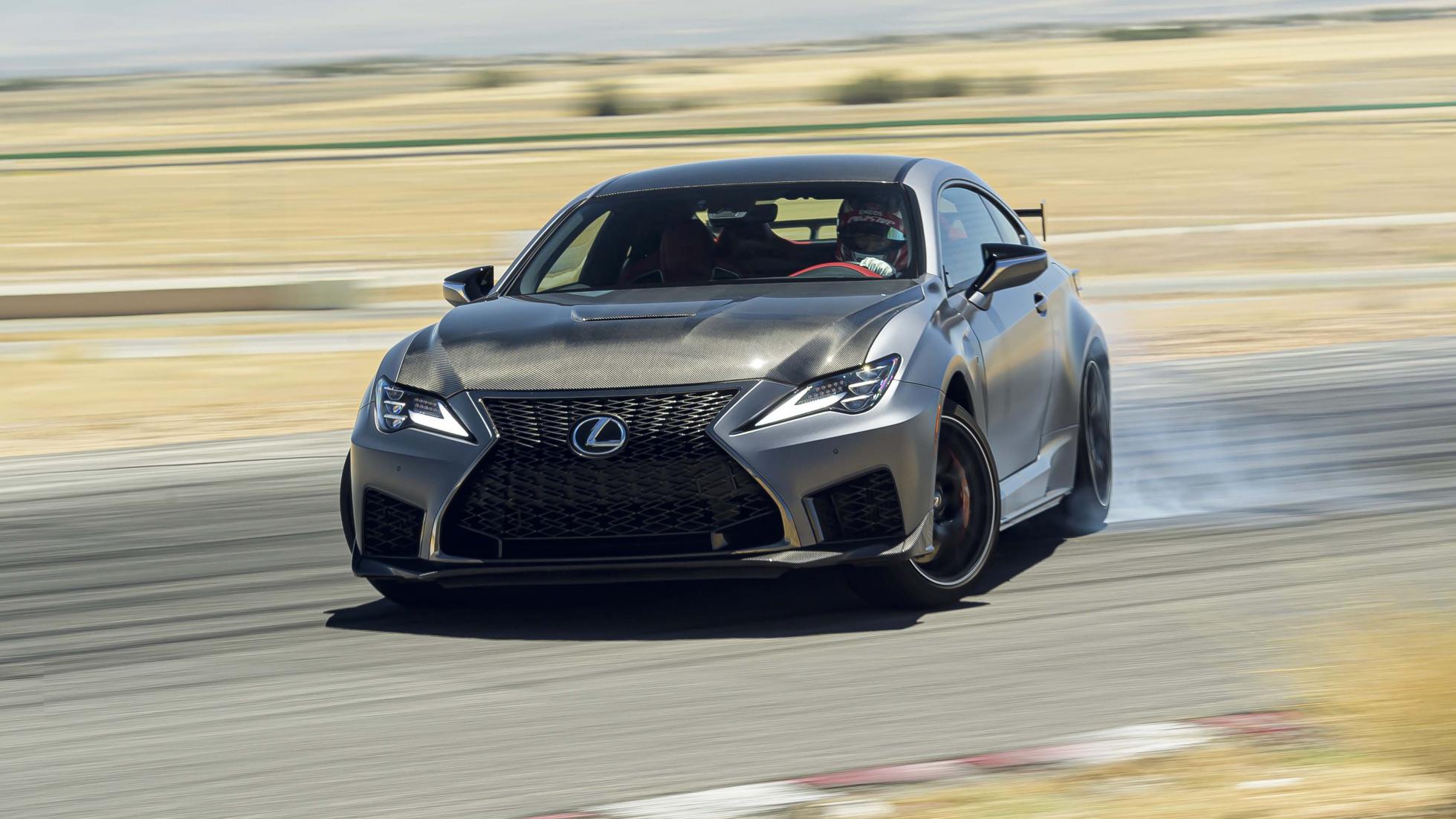
In the same way that Nissan has gradually evolved the GT-R, Subaru the WRX while keeping the same external design, Lexus has massaged and subtly rearranged the RC F’s spec to transform it from a comfortable but front tyre-eating lump into a rev-happy, steer-from-the-rear car that can be as comfortable on the (smooth) racetrack – where its racing variants have had success in IMSA – as it is on the high street.
To achieve this, very little has been left alone on this near £80k (approx. RM431k) car. Rather than give you the exhaustive list, the key changes are as follows: power remains the same at 471bhp, weight is reduced by nearly 55kg thanks to a carbon roof, bonnet, rear wing and brakes. Wheels are 19-inch lightweight forged BBS items. And the rear diff is a mechanical Torsen number rather than the electronic version in all other RC F models. It might not sound like much on paper, but on a new track like Thermal the difference was transformational. It’s going to be interesting to see how it handles the lumps and bumps of The Streets…
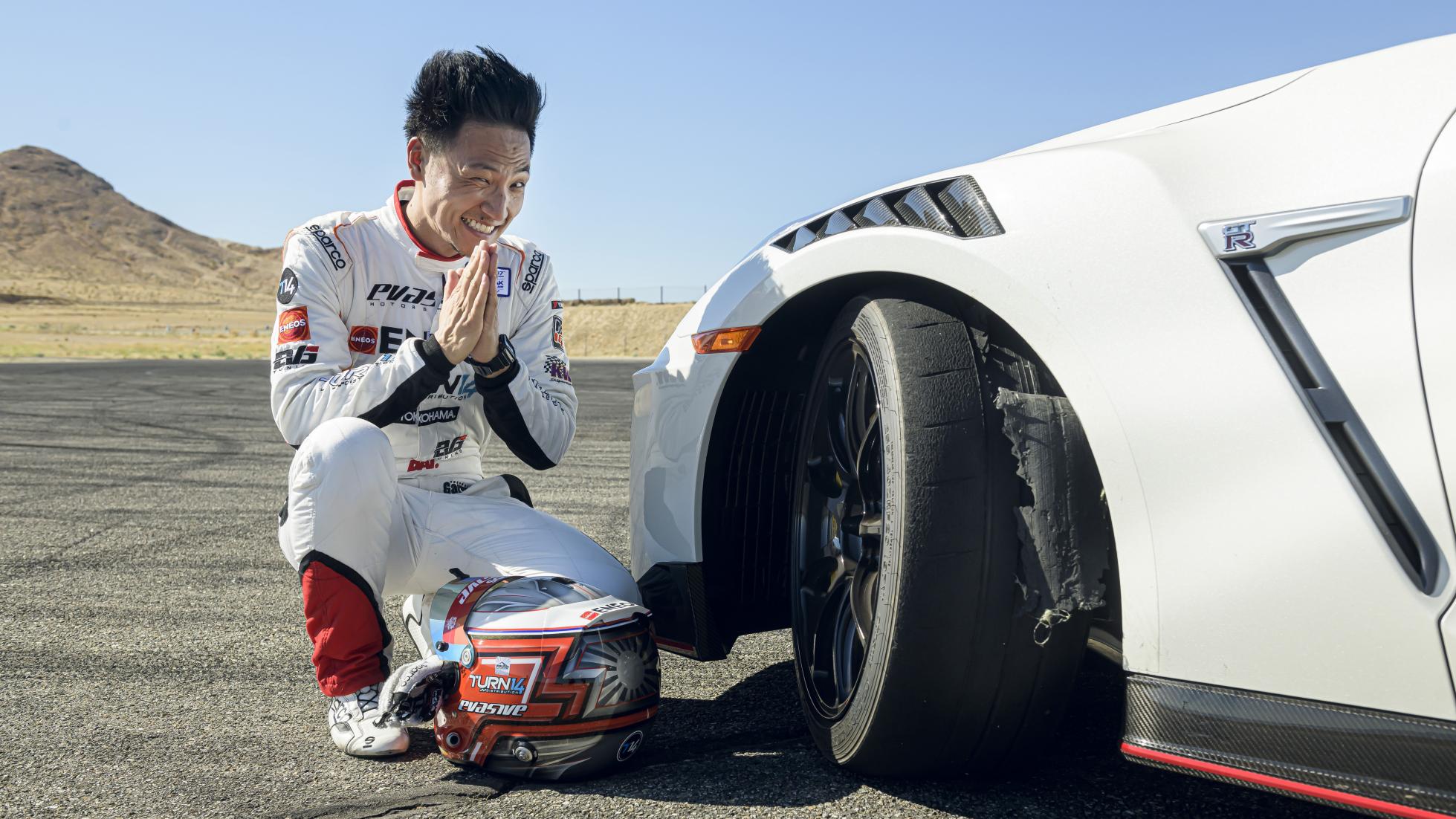
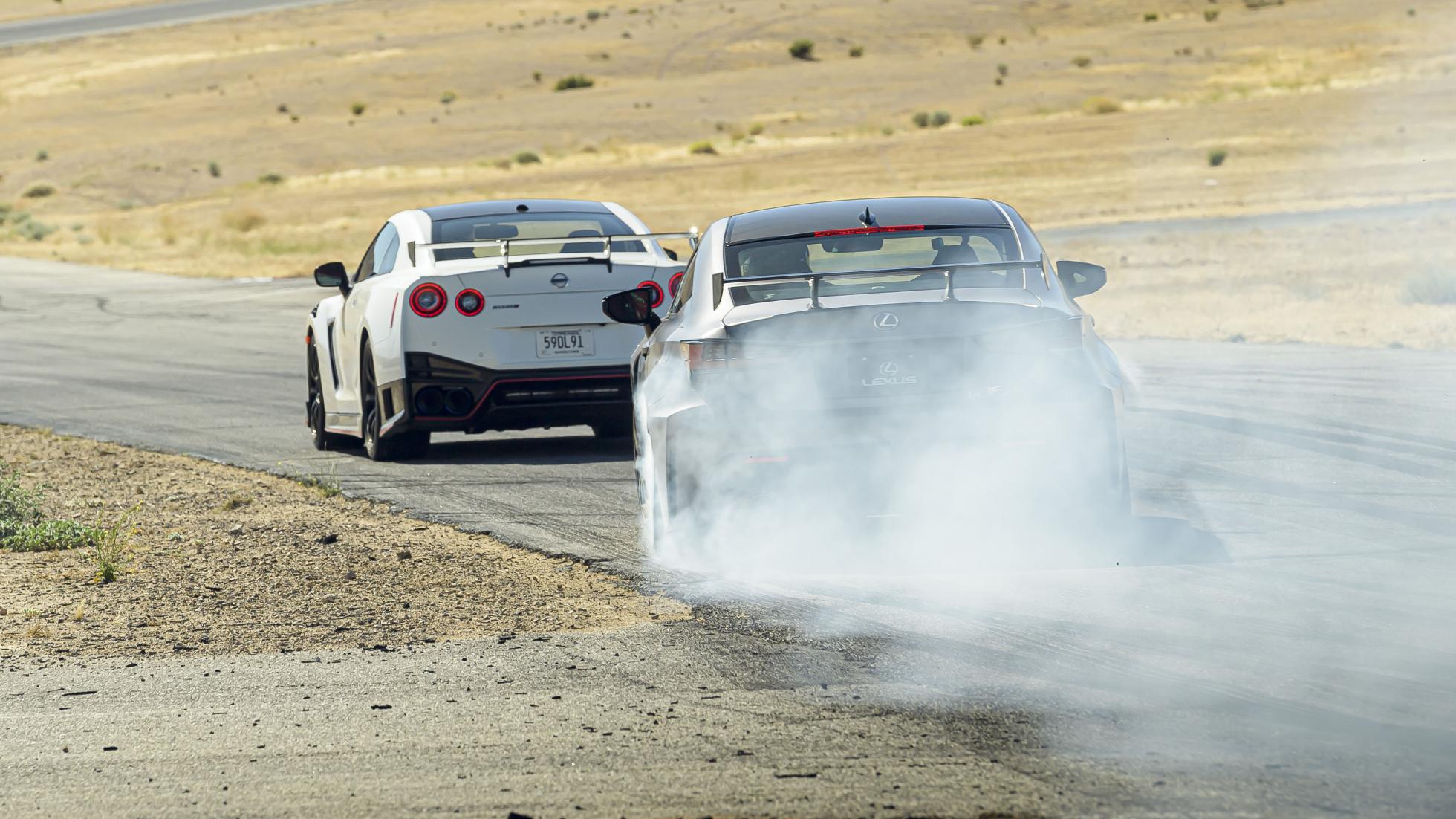
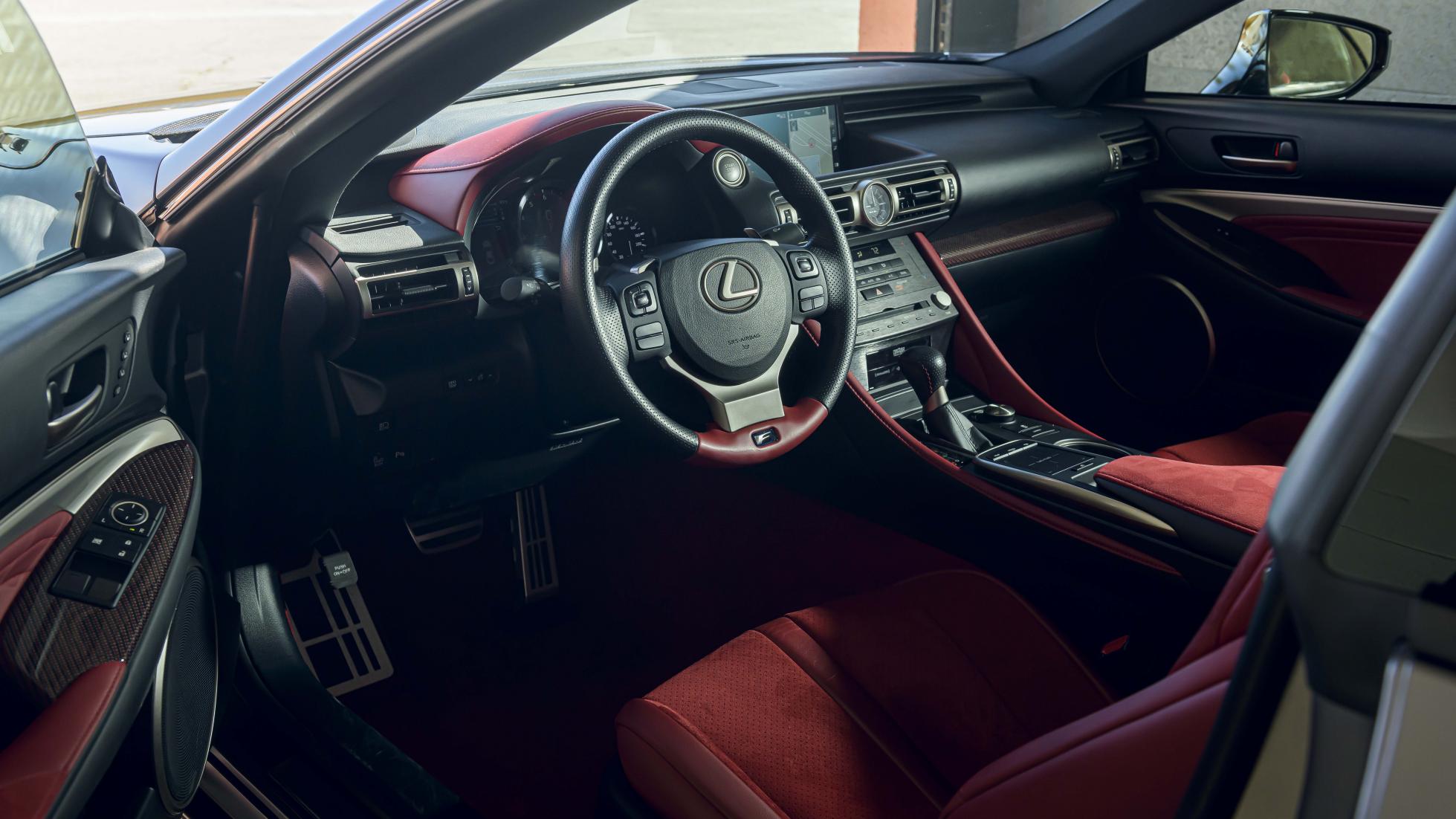
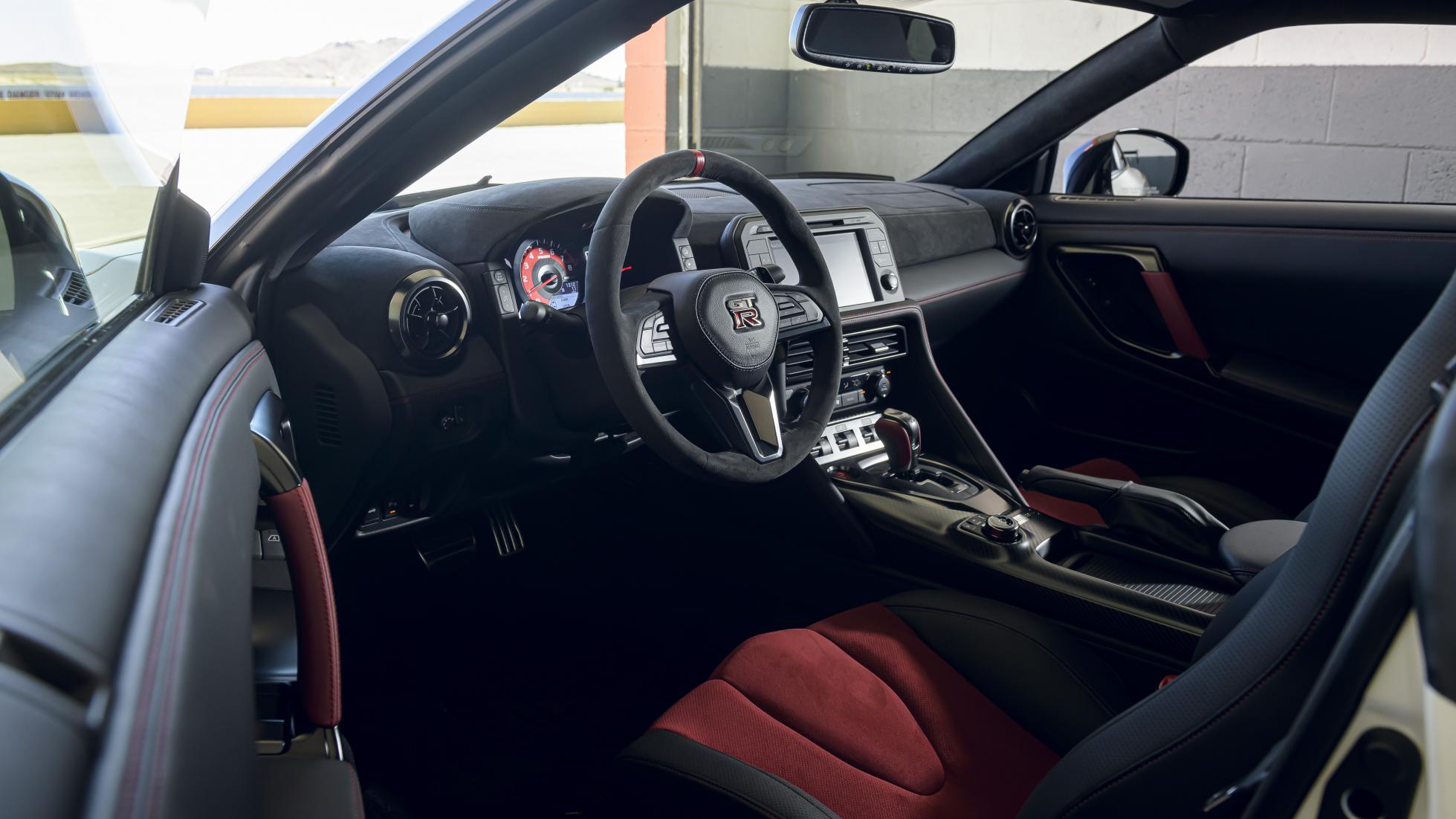
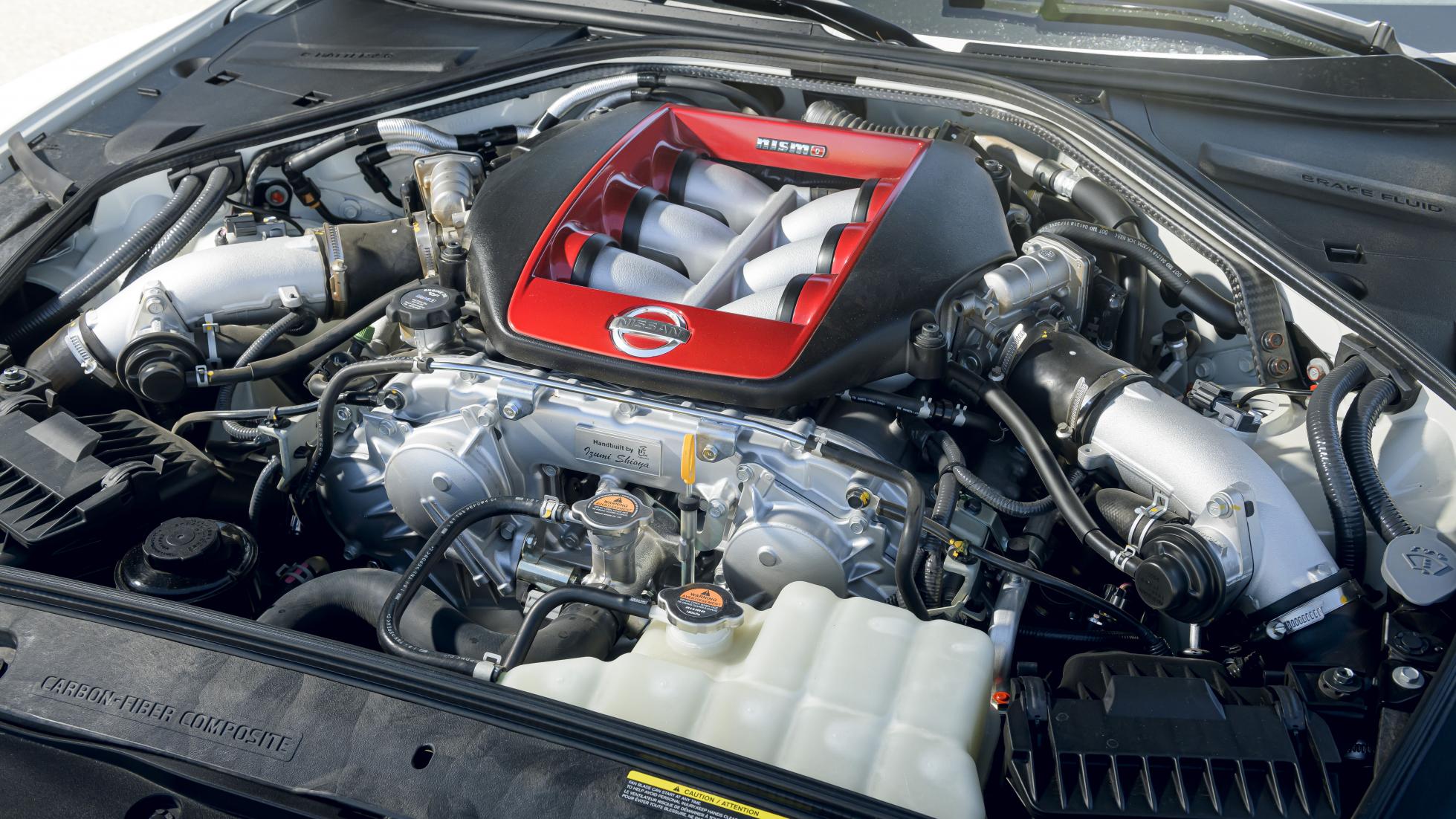
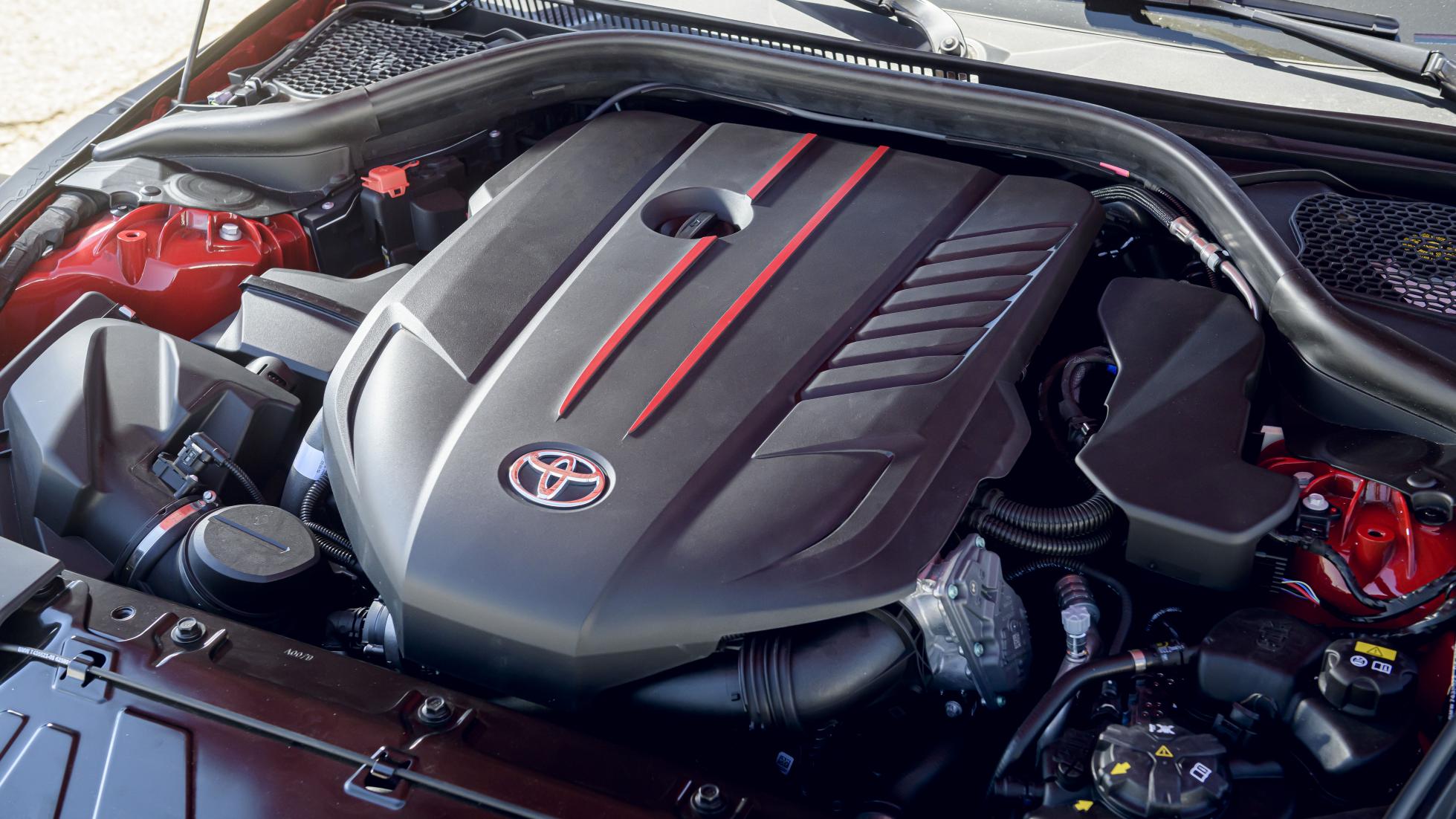

So without further ado we, Dai, Kim Wolfkill, ex editor in chief of Road & Track, and I rotate through the cars and rotate them around the track in a concerted effort to wear the tyres down to the canvas – and see what we could learn about each of them while we did so.
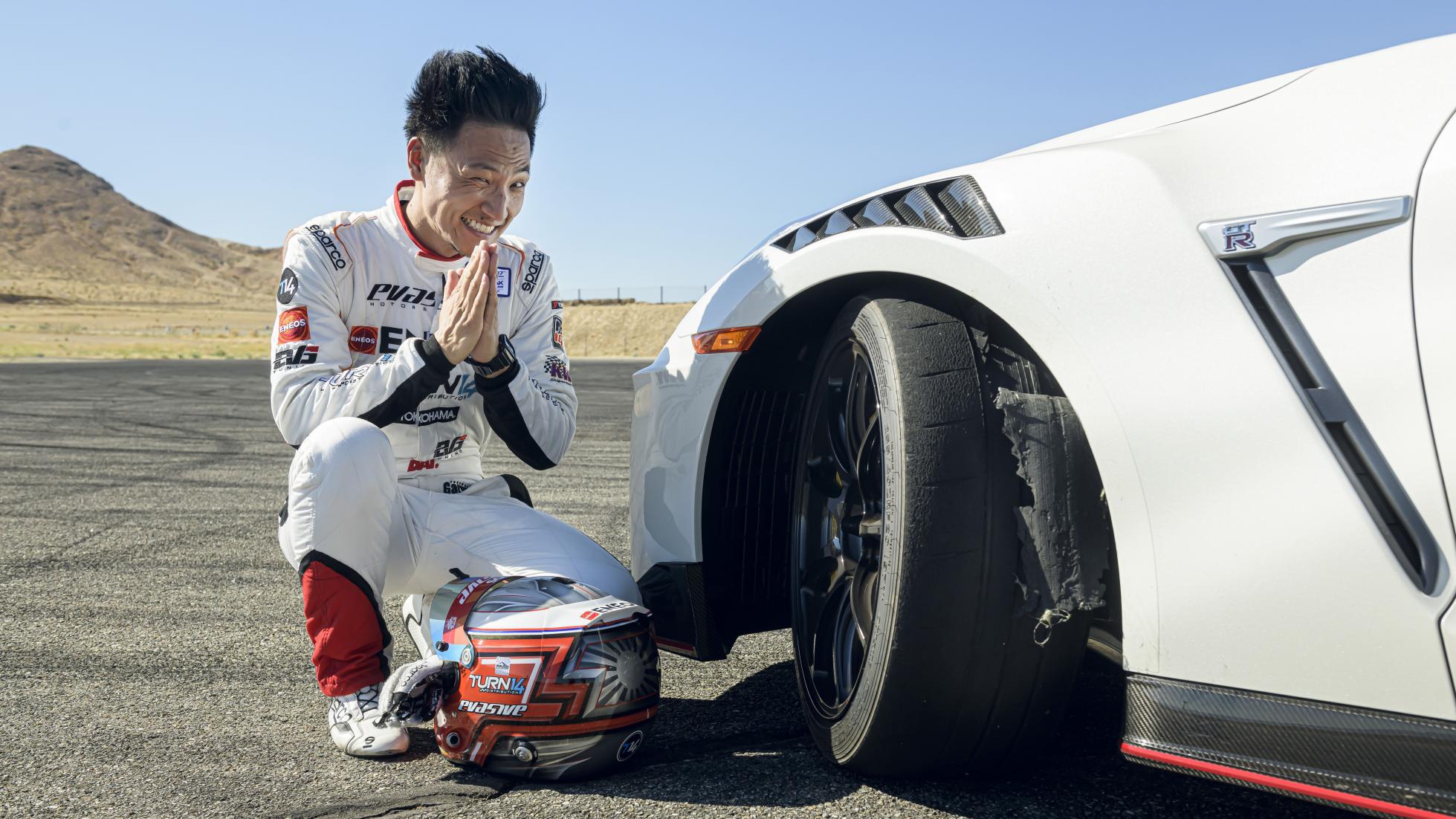
Dai’s first revelation was that, despite the Nissan handlers insisting it wasn’t possible, it is possible to drift a GT-R. It absolutely doesn’t want to and fights you right to the limit but once you get there, and if you happen to be a world drift champion, it can definitely be done. We’ve got the shredded front tyre to prove it. But that was the only real surprise of the day for the Nissan. From the get go, it still exudes a mechanical superiority, uncrashable calm and maglev pace you frankly cannot find in any other car weighing 1,756kg.
The twin-turbo V6 engine now uses the units from the GT3 race car. These 10-vane turbos are lighter, creating faster, crisper engine response. The engine still makes the same 600bhp as the previous NISMO – and 35bhp more than the non-NISMO models. It just makes it more readily. On the tight track this made a real difference as we could punch the car out of the corners harder and faster than expected. But some of this was down to the 20-inch Dunlop SP Sport Maxx GT600 tires – the same compound is used on the S209 btw – which are on a par with a Cup 2.
The tyres are also partly the reason the car stops so well, the other reason being the suitably vast 16.1-inch front and 15.3-inch rear rotors which appeared to shrug off our repeated attempts to fade. The brake pedal did get a bit long towards the end of the day. But considering the utter pasting it had been getting, we were all still impressed the pads hadn’t caught fire.
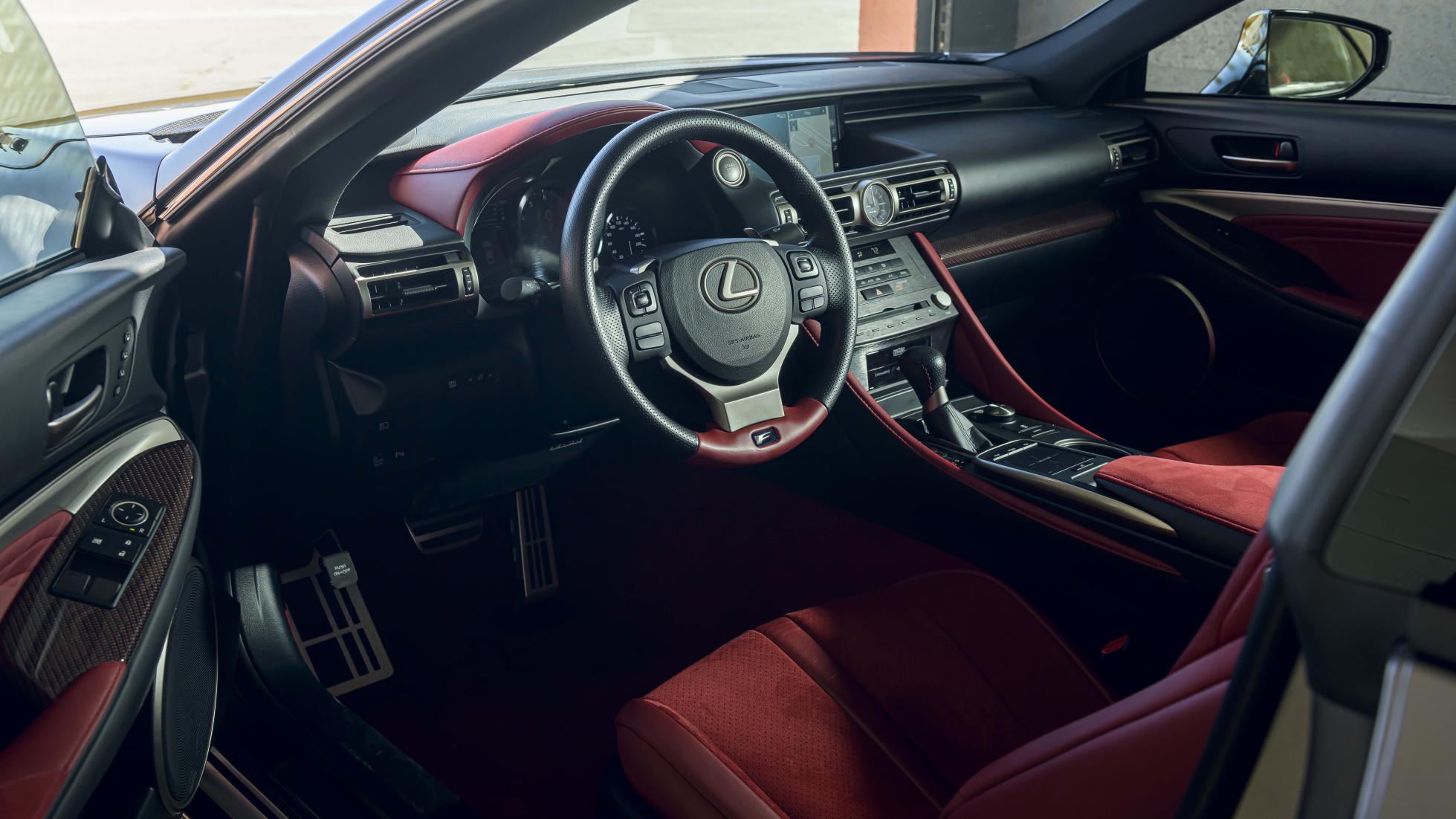
The other point of note was just how untroubled the chassis felt dealing with the bumps, lumps and constant surface changes. While the electronic systems were largely to thank for that, there was also an assuredly mechanical feel to the suspension and steering. In previous GT-Rs it has felt very much as if you are just along for the ride, the car doing all the real work. This NISMO at least gives the illusion that you are responsible for hustling it around a lap quickly.
The other point of note was just how untroubled the chassis felt dealing with the bumps, lumps and constant surface changes. While the electronic systems were largely to thank for that, there was also an assuredly mechanical feel to the suspension and steering.
In previous GT-Rs it has felt very much as if you are just along for the ride, the car doing all the real work. This NISMO at least gives the illusion that you are responsible for hustling it around a lap quickly.
Set it up right and it’s fun to fling around. You couldn’t say that about the first RC F
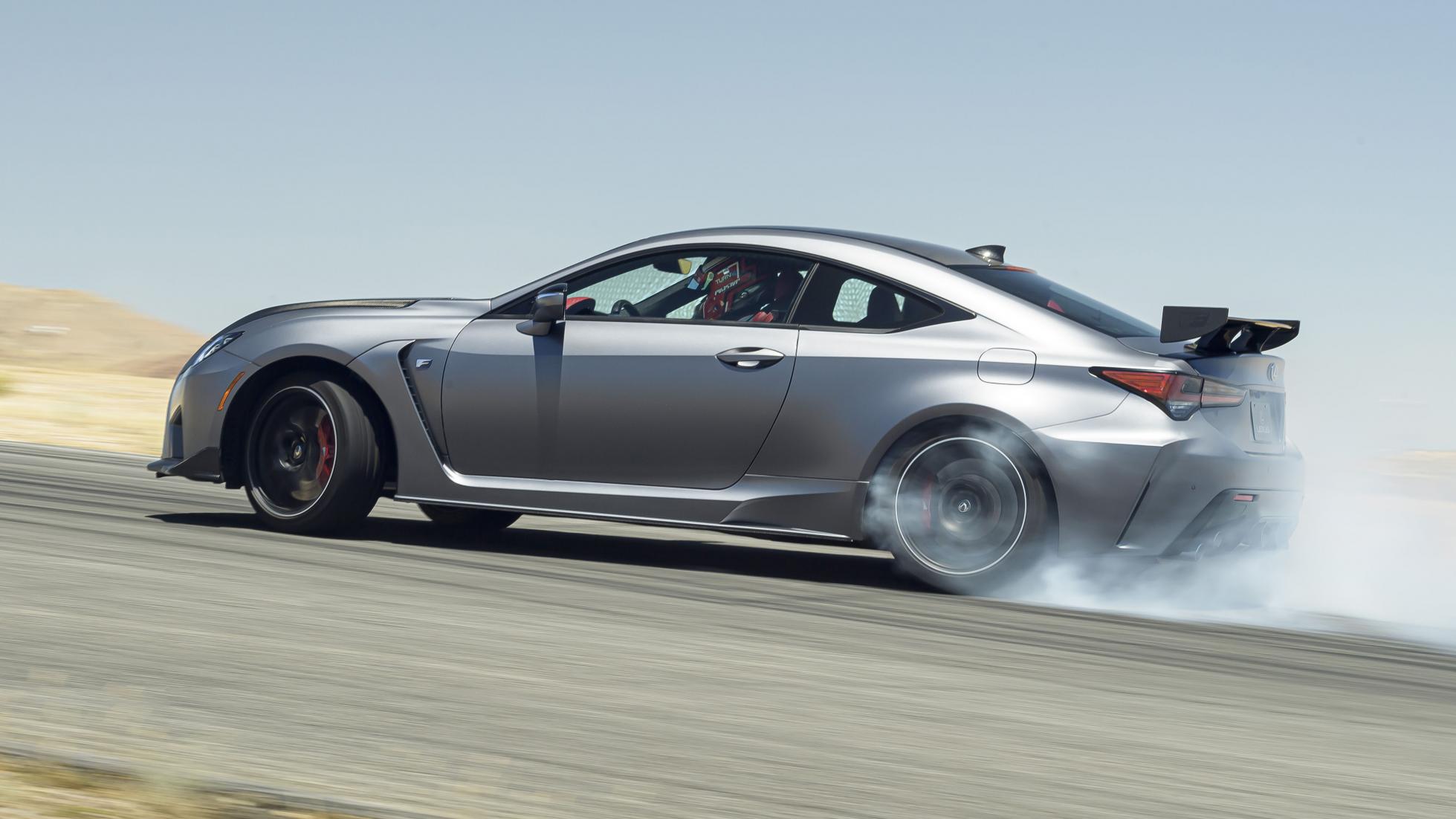
But there was plenty to enjoy about the RC F. That nat asp 5.0-litre V8 might be 129bhp down on the GT-R’s V6 and it might be pushing only 38 fewer kg than the Nissan, yet it was still properly entertaining to thrash around. The understeering tendency, like the GT-R, is still there if you want to start adjusting lines mid corner or generally get your line wrong. But set it up right and it’s fun to fling around. You couldn’t say that about the first RC F.

In the interests of science we sent Dai out to do timed laps in all three cars present. The results were interesting.
There was no surprise that the GT-R was by far the fastest of the three with a 1min 22 sec lap time. Not a record lap as Dai wasn’t pushing to the max as all the cars had to be elsewhere the next day. But he was consistent with all three.
Which makes the RC F TE’s time of 1min 27secs something of a shock. We all knew it was slower than the GT-R but subjectively it felt much faster than that. But the stopwatch doesn’t often lie, so we had to accept it. At least it was faster than the Zupra… But then it wasn’t. Austria’s finest German/Japan confection got around in 1min 26secs. Ah.
We know the results would have been different if we’d been on the big, smooth track next door where the Lexus could have used its power and grip to better effect. We’ll try that next time maybe.
But here on the dog-eared, gravel strewn Streets circuit, the Lexus was not the least fun but was the slowest on the day. Which means only one thing: Yep, Godzilla wins again.


